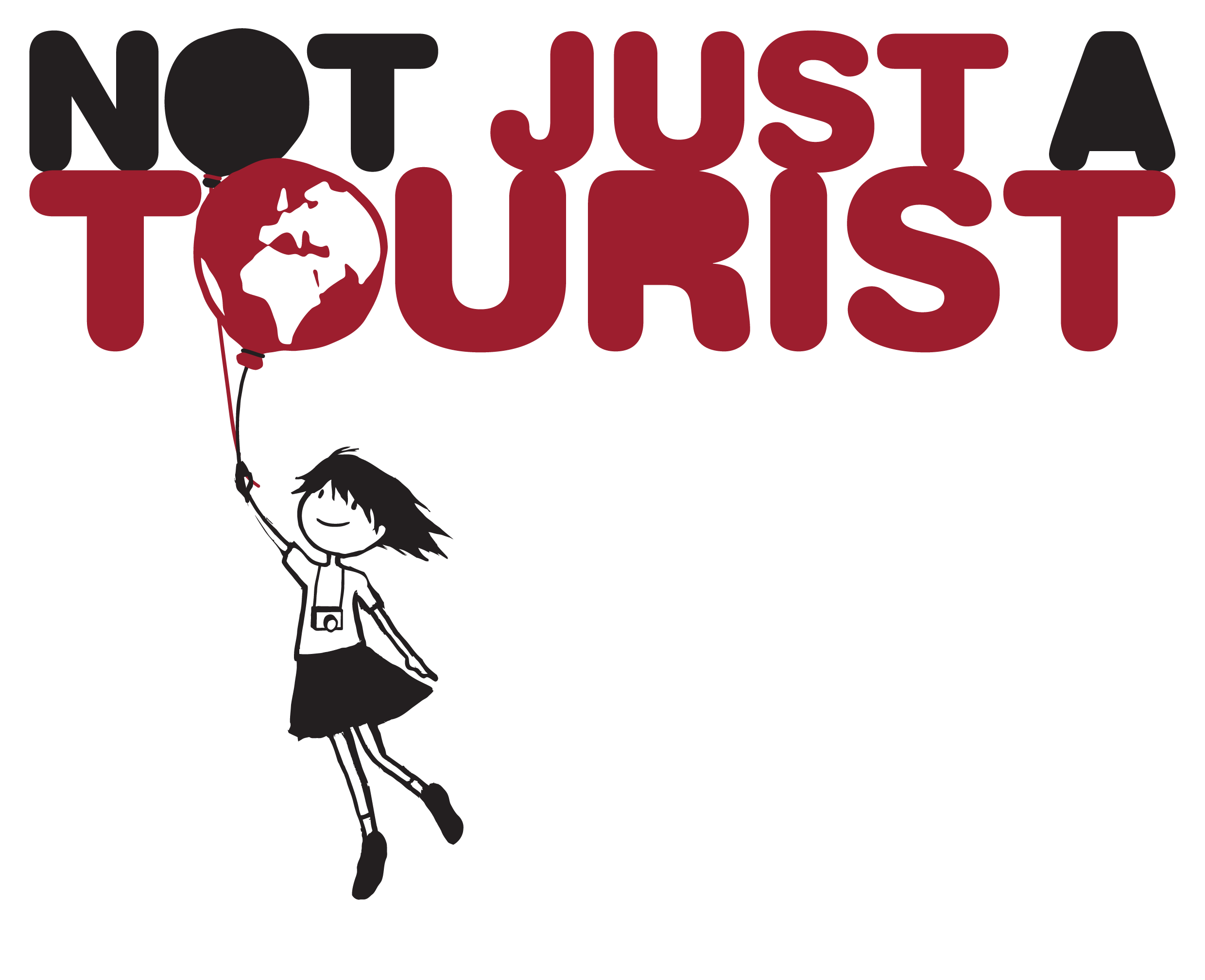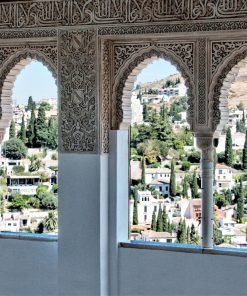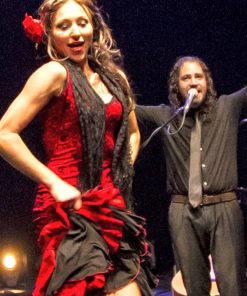Spain is famed for many things, not least among them is it’s religious festivals and pilgrimages. Seville has one of the largest Holy Week celebrations in the world and you may well have heard of the pilgrimage to Santiago de Compostella. By the time Pentecost comes around, however, Spain decides to up the anti and combine the two to create La Romeria de El Rocio. What follows is our guide to El Rocio: the town and the festival.
The town
The festival is based in the town of El Rocio. El Rocio is a small town with an official population of under 2000. For the weekend of Pentecost, however the population soars to a million people. This means there are a lot of houses which lie unoccupied for the majority of the year. You would be forgiven for thinking that this makes the town feel somewhat like a ghost town for the rest of the year, but thanks to its proximity to Seville and easy access to Doñana National Park, this town is always bustling with merry day-trippers.
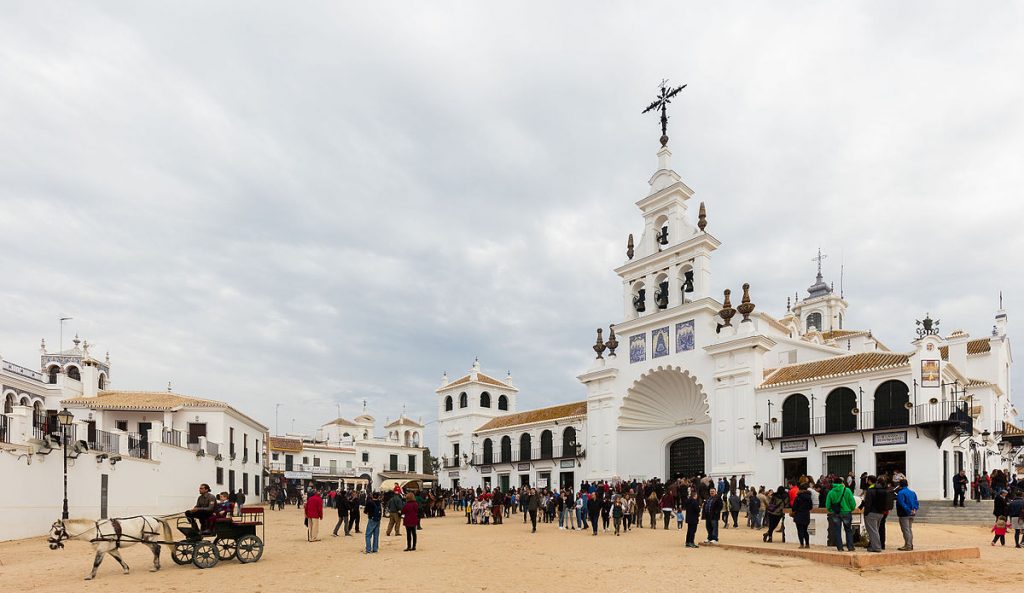
The Park
If you’re an avid bird-spotter you may well have heard of Doñana National Park – it’s considered one of the most important sites in Europe for migrating birds. The park is a 543 square kilometre area of marshland and sand dunes at the mouth of the Guadalquivir River. A unique landscape filled with flamingos and eagles, the area was made a national park in 1969 when the World Wildlife Fund joined forces with the Franco government to buy the land and begin one of the largest conservation projects in Europe.
Our Tour
If you like the sounds of Doñana National Park and the town of El Rocio, why not join our day trip to them? You can elect to join a 4X4 trip through the park in which you’ll see a wide variety of incredible wildlife (possibly even a lynx!! There are 300 known to live within the park), or go horse riding along the beach. With either activity we will show you around the quaint town of El Rocio and end with a relaxing spell on the beach where you can take a stroll along the sand, go swimming, or simply sunbathe! This full day tour is the perfect trip to escape the hustle and bustle of Seville.

Why here?
The town council of El Rocio has elected not to pave it’s streets, giving it a wild wild west feel. This choice may seem like a strange one to you and I, but it is all in aid of keeping La Romeria as traditional as possible. After all, El Rocio only exists because of the festival. Back in the thirteenth century, a hunter from nearby Almonte found an image of the Virgin Mary in a tree in the middle of the marshes. Returning home from his hunt, the young man stopped for a rest under the tree. While he sat there, the Virgin magically appeared in front of home. Amazed by this appearance, he rushed home to tell the town. A chapel was built upon the site and pilgrims have been coming ever since.
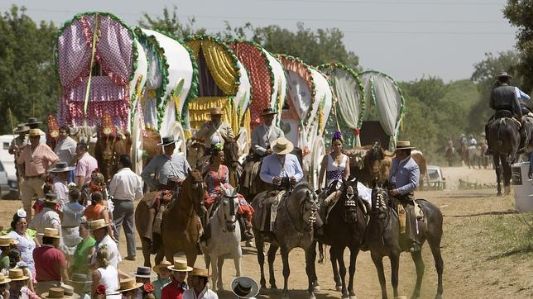
What happens during La Romeria?
Should you go to the festival, you can expect to see attendees all dressed in their best traditional attire. They sing, dance, drink, and laugh their way along the long walk to the El Rocio festival, and continue in this spirit upon arrival. Participants of the pilgrimage are made up from the 115 brotherhoods who organise the whole thing. Some brotherhoods come from as far away as Belguim, although most are from within Andalusia. Regardless of where they’re coming from (with the exception of Belgium who start the pilgrimage with a flight to Madrid), all complete the trek either by walking or horse-power – be it horseback, or pulled along in a colourfully decorated wagon.
Early on the Monday, members of the Almonte brotherhood barge into the church and fight to have the honour of carrying a figure of the virgin out of the church. Although not the original figure, this statue is centuries old but has somehow escaped miraculously unharmed from the hundreds of Romeria it has seen. It’s quite a surreal site to see this statue swaying precariously atop a crowd of eager pilgrims as they process out of the church. After this procession, the rest of the day will pass in much the same vein as the rest of the pilgrimage, with copious amount of singing dancing, eating, and laughing, all washed down with delicious glasses of sherry. Put simply, this festival is the best of Spanish culture and traditions concentrated into one fun-filled weekend.
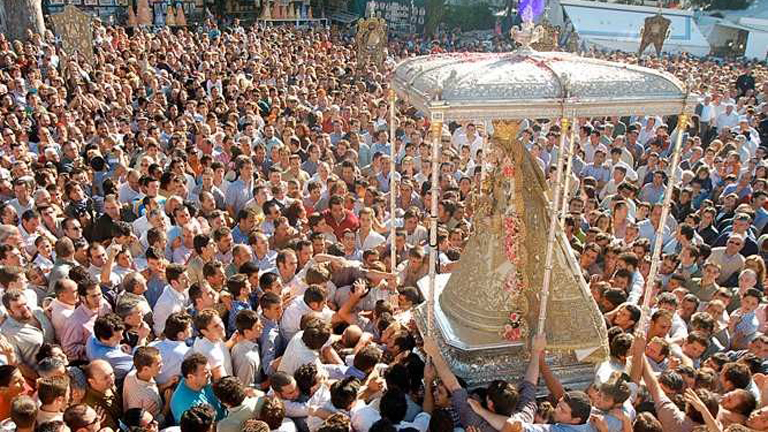
Davey Womack is a tour guide and avid traveller. To read about his adventures around the world, visit his personal blog.
